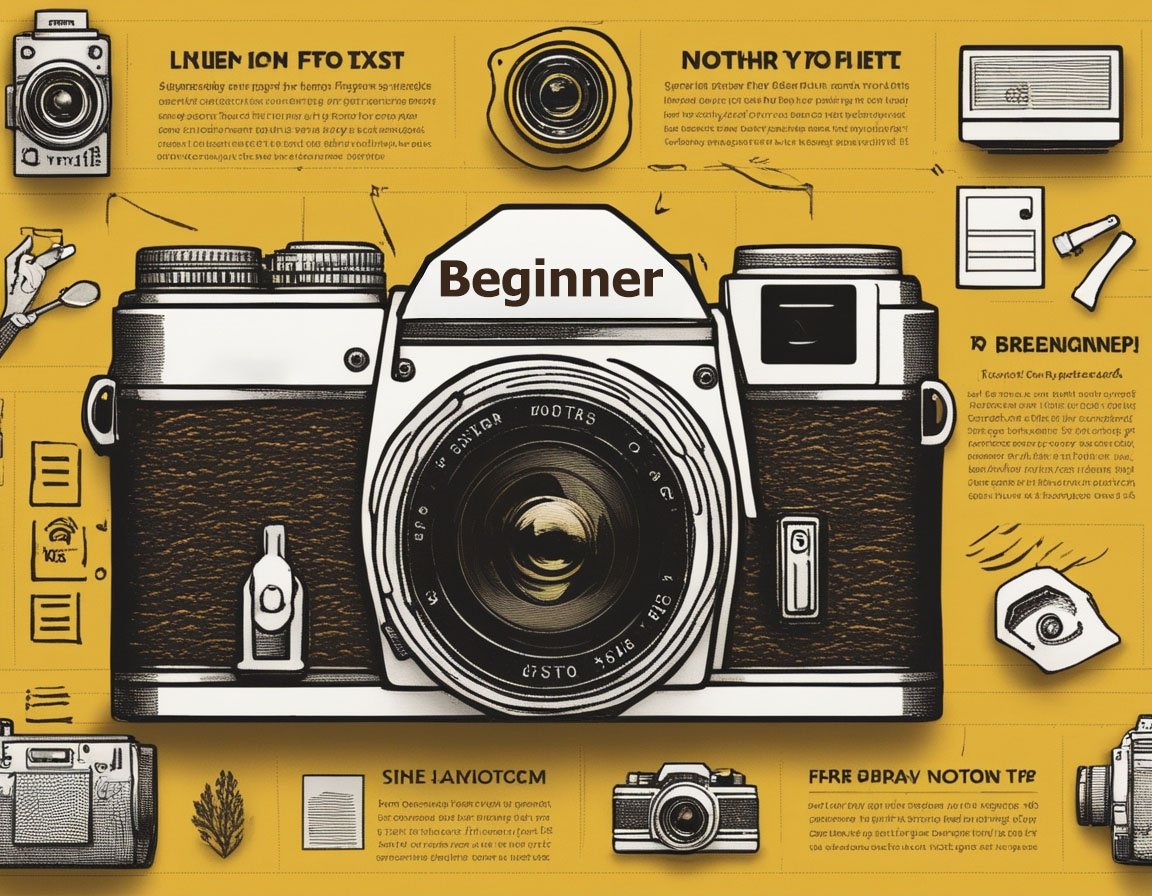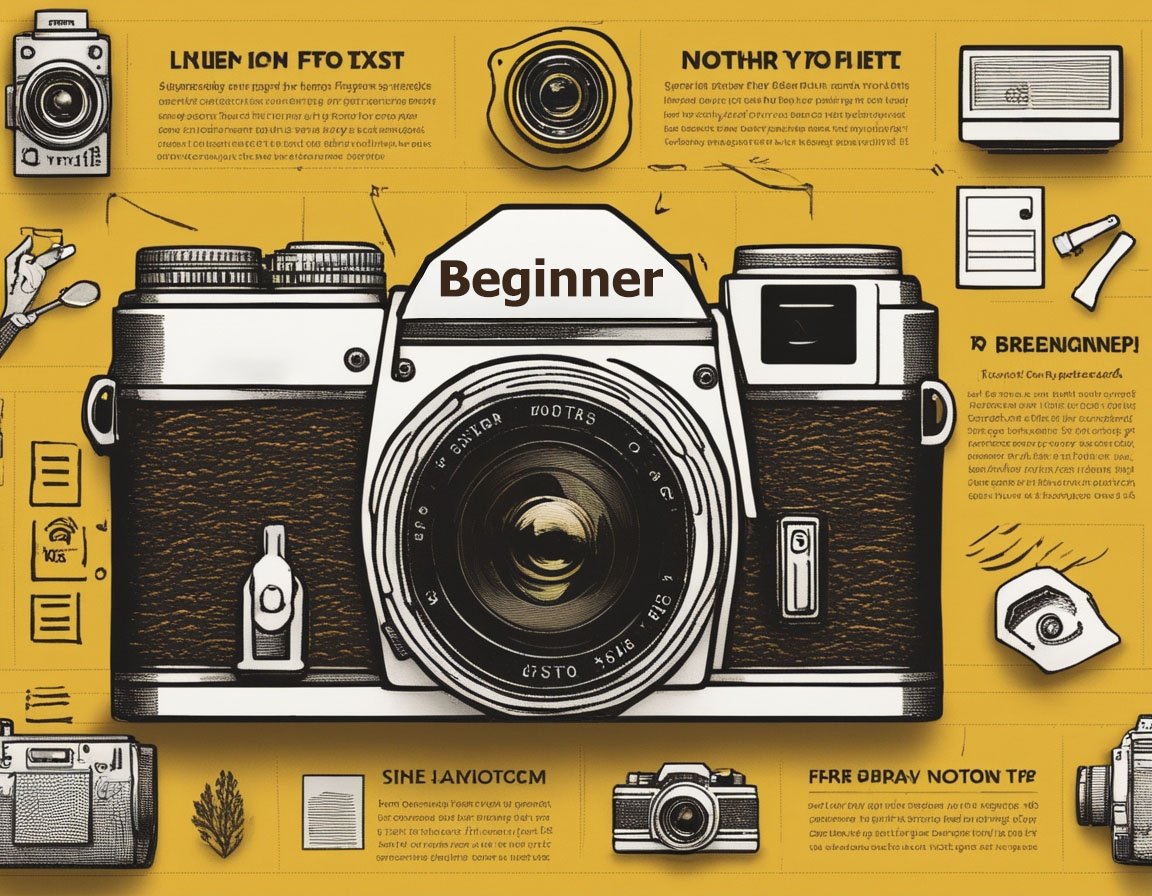Finding the Balance: The Perils of Over-Editing Photos
When it comes to photo editing, it’s crucial to find the sweet spot where enhancement becomes an art rather than a hindrance. The digital age has blessed photographers with an array of tools that can transform images, but the same tools can also lead to over-editing, creating results that can ruin your photos.
Understanding the Art of Subtlety in Photo Editing
In the pursuit of the perfect photo, it’s easy to get carried away with editing features. Remember, however, that subtlety is your best friend. When tools like Adobe Photoshop or Lightroom are at your disposal, the temptation to crank up saturation or clarity is high. But these should enhance the photo’s natural look rather than overshadowing its essence.
Natural Vibes vs. Synthetic Feels
One major risk of over-editing is losing the natural vibe of your photographs. When you overly modify colors, your photo might look more like a digital painting rather than a photograph. Vibrancy and over-sharpening can lead to unnatural results, where skin tones look alien and landscapes seem surreal. The key is to maintain the original feel of the photo, enhancing its beauty without altering its authenticity.
Preserving the Emotional Integrity
Photos often evoke emotions and memories. Over-editing can distort the emotional message. Imagine a serene sunset photo that originally evoked peace being over-saturated to the point where it screams artificiality. In modifying the elements too vigorously, you risk losing the emotional warmth that the photo conveyed initially.
Avoiding Over-reliance on Filters and Presets
Filters are a quick way to apply a professional touch to your images. However, when misused, they can become a crutch that hinders creative expression. Too many filters can easily transform pictures into something overly dramatic or disturbingly monotonous.
The Trap of One-Click Wonders
Filters and presets often promise instant perfection. While they can be fantastic starting points, relying solely on them means neglecting the nuance required in adjusting each photo uniquely. Each image is different and deserves individualized attention. By applying preset after preset, your photos might end up looking like clones lacking personality.
The Uniqueness Factor
Every photo tells a unique story. Over-editing, especially with heavy filters, can bleach out specific narratives, making them appear generic. Tailoring your post-processing to suit the distinct needs of each image ensures that your photographs retain their unique qualities.
The Dangers of Excessive Smoothing
Skin retouching can be a delicate process. A common mistake in portrait photography is over-smoothing which can lead to porcelain-like skin textures that look anything but real.
The Plastic Problem
When faces are made to resemble plastic through aggressive smoothing, it strips away the character and depth that slight imperfections provide. Every line, freckle, or blemish tells a story. Over-editing removes this authenticity, resulting in lifeless portraits devoid of personality.
Embracing Human Imperfections
Allow the unique traits of your subjects to shine through. Instead of masking what makes them unique, use editing to highlight and enhance. This approach not only respects the individual’s natural beauty but also results in more captivating and relatable portraits.
Noise Reduction: A Double-Edged Sword
Noise reduction is a valuable tool, especially in low-light photography. However, excessive use can have unintended side effects.
The Detail Destroyer
While reducing noise, you may inadvertently lose critical details in your photos. Fine textures and edge details can quickly disappear, leaving you with a flat and, sometimes, blurry image.
Striking the Right Balance
Achieving the perfect balance in noise reduction is essential. Aim to tackle noise without sacrificing essential details. Less is more in this regard. It might be better to leave behind a hint of noise to preserve the texture and detail that make the picture dynamic.
Color Grading Gone Wrong
Color grading is an advanced technique that can incredibly enhance the mood of your image. But it’s a powerful tool, and when wielded without care, can lead to disastrous outcomes.
Awry Aesthetics
Pushing color tones too far can distort reality, creating an aesthetic that’s jarring and unappealing. Watching how each channel affects your image in terms of hue, saturation, and luminosity is key to maintaining an image that pleases the eye while conveying the right mood.
Experimenting with Restraint
Delicately experiment with color grading by gradually adjusting hues and tones. Maintain a watchful eye on the overall feel of the image without overshadowing its foundational elements. Balancing creative expression with realistic portrayal is vital.
The Temptation of Extreme Cropping
While cropping is practical for composition, it should be done with caution to avoid diminishing the quality or impact of the photo.
The Composition Compromise
Over-cropping can remove critical elements or details, changing the story the photograph was meant to portray. It can also degrade image quality, making it unsuitable for larger prints or displays.
Preserving the Storyline
Approach cropping with storytelling in mind, leaving essential elements that provide context or add meaning to the image. Consider the original intention of your shot, using cropping as a tool to enhance rather than detract from the composition.
Conclusion: Quality Over Quantity in Editing
At the end of the day, the goal of photo editing should be to enhance what’s already there, not to manufacture perfection. It’s about achieving and maintaining balance. Approaching editing with moderation and mindfulness ensures that your photos remain true to their original essence while looking their best. Treat these digital tools as a means to enhance your artistic vision, not alter it.



